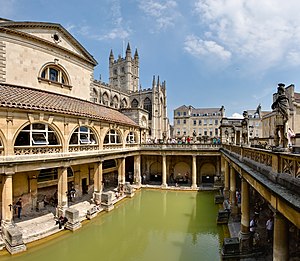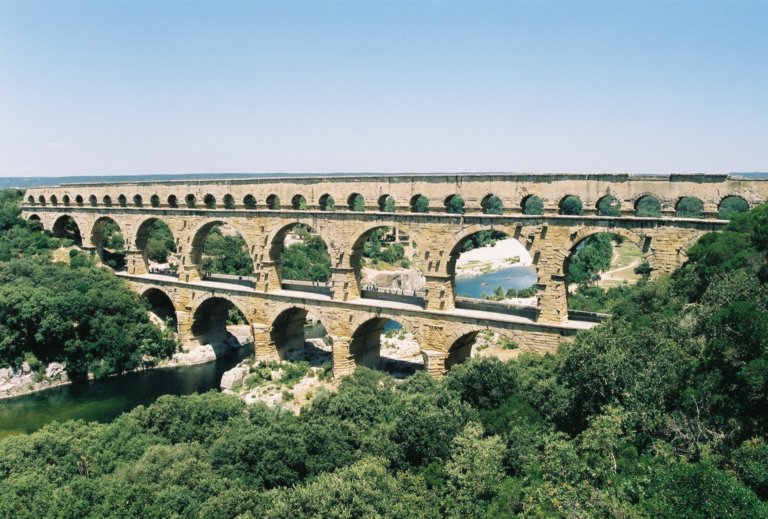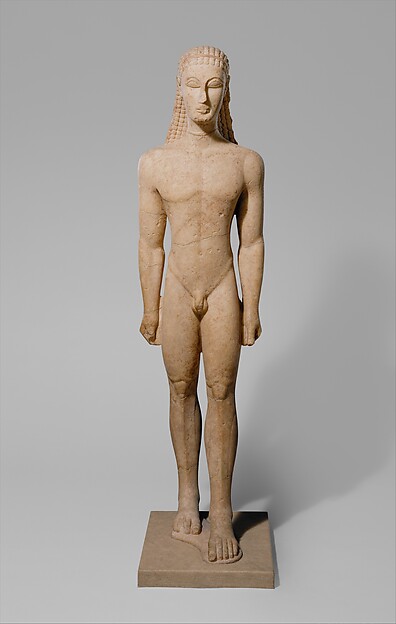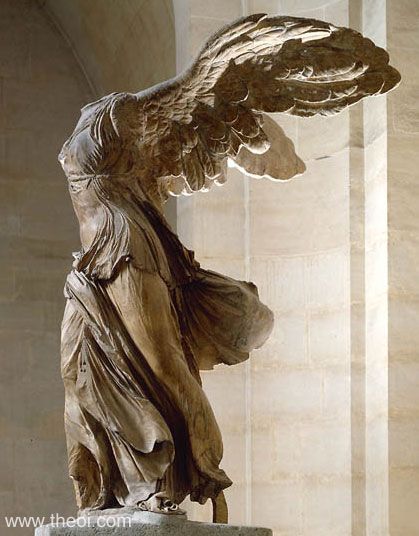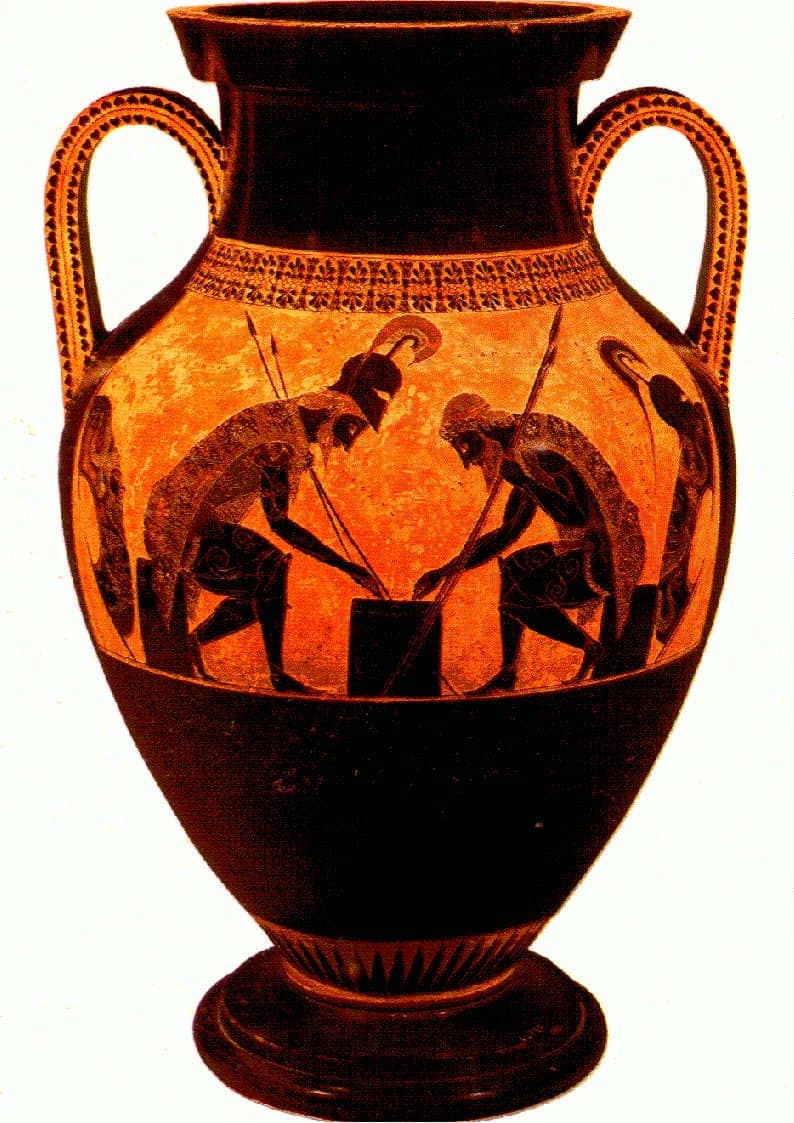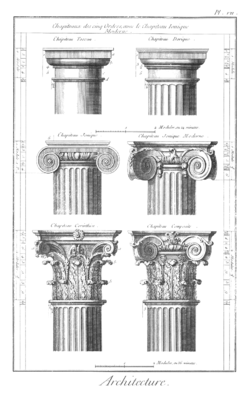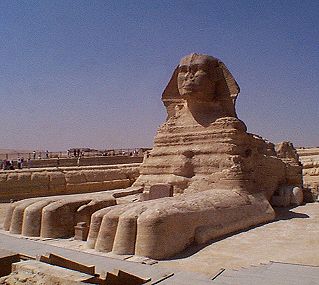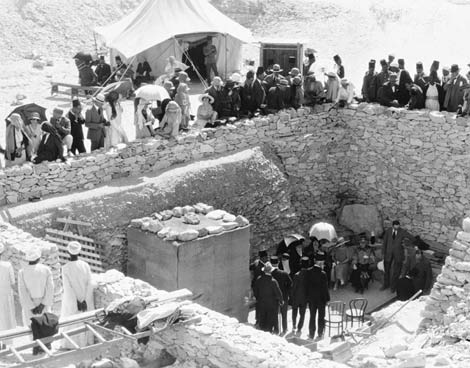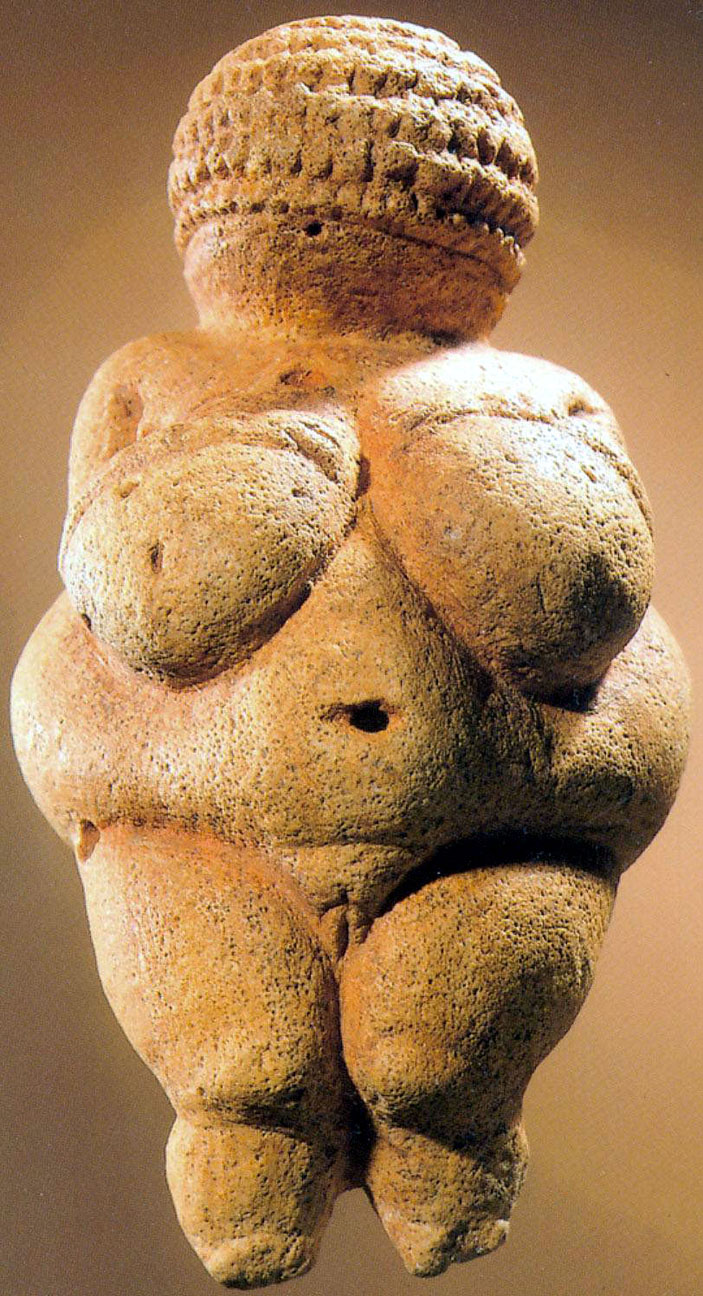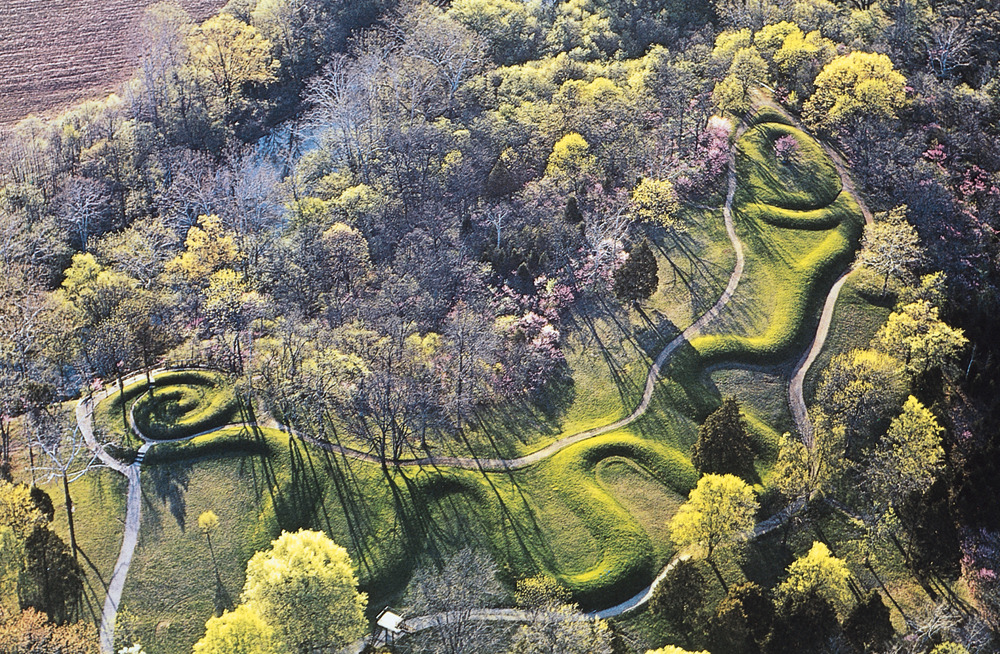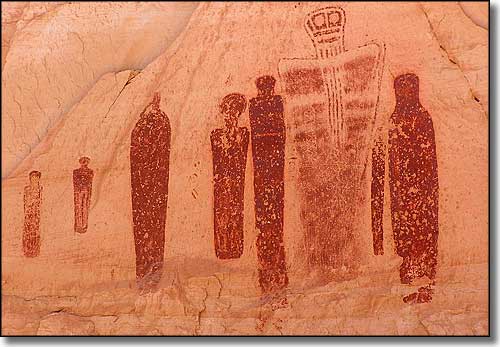First, we need some background. Emperor Constantine died in 337, and the Roman Empire had some issues, so it split into two empires. The Western side stayed as the Roman side, and the Eastern side became Byzantium. Justinian became the ruler. During this time, Byzantium was known for its churches; I mean, these churches were amazing! Their styles started in Constantinople, the capitol, and they kept building throughout the 5th and 6th centuries. And the cool part is that the Byzantine Empire last for over 1000 years...wow.
But I digress, so we start with the Hagia Sophia (the H and G are silent). Below is a picture and a link.
The Hagia Sophia, or the Church of Holy Wisdom, was built in Constantinople between 532 and 537 AD. The building had a dome on a square building, which was a first. "But how did they keep the dome from falling in," you asked, expecting an answer. Well, they had used squares and circles, but not triangles. They used triangular pendentives in the four corners to keep the dome from falling. Also, on the outside, you can see minarets, or bell towers, that call people to worship.
Now for more history. The church split in 726 over art. The two groups, Iconoclasts and preservationists, fought over the images of God. Iconoclasts did not want people to worship the images of God. Preservationists wanted to keep the images, but they did not want to make anymore. Therefore, no paintings were made for over 100 years. Instead, they built a lot of churches.
In the 2nd Golden Age of Byzantium, a certain church was built; St. Mark's. It was the largest and grandest church of its time, and is currently in Venice. However, the picture is below:
St. Mark's was built for the body of St. Mark, believe it or not. On the outside, it has 2643 columns and a few mosaics, and on the inside, there are more mosaics and some famous Venetian glass. At one point, there were four bronze horses on the outside, but they were replaced with replicas.
Now onto Moscow, where St. Basil's was built. It was heavily influenced by Byzantine architecture, and they had onion domes on the top of the towers called 'kokoshniki'...teeheehee.:)
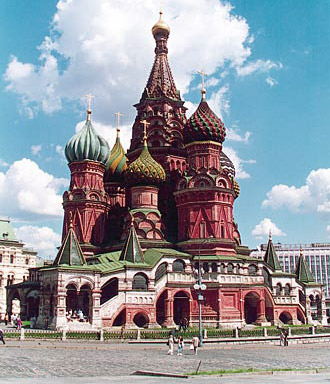
St. Basil's
Now for more history. Their paintings were on wood panels using egg tempura (tempura with egg whites as a binder) and they used these paintings for worship in people's homes. They were icons, or religious images or symbols. Some features and characteristics of these paintings are the following: colorful, emotional, depicted Jesus as a small man, had gold leaf in the design, ineffective draping, halo, and elongated bodies. The Byzantines wanted beauty and essence, not realism.
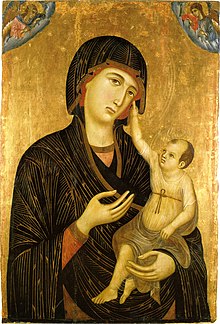
Egg Tempura
Islam spread as fast as Christianity. Because of Islam, we have modern day Arabic numerals. Islamic architecture used columns and vaults with a unique style, and they had stucco.
Alhambra, the Red Fortress, in Spain, is famous for its gardens. It was built by the Muslims between 1333 and 1391.

Alhambra
The Dome on the Rock in Jerusalem was built to commemorate Mohammad's ascension, and it is said that the same hill is where Abraham brought Isaac to be sacrificed. It was built in the Byzantine style, with a wooden dome and covered in gold leaf. Once covered in mosaics as well, it is now covered in tiles.

Dome on the Rock
And now for a bonus topic: Cathedral of St. John the Divine.
Construction of St. John began December 27, 1892, and it is STILL not finished. It is said that it may take 100 more years to complete. The last construction done was in 1997, and they only finished the west facade. Will they finish it? Stay tuned for 100 years to find out!






